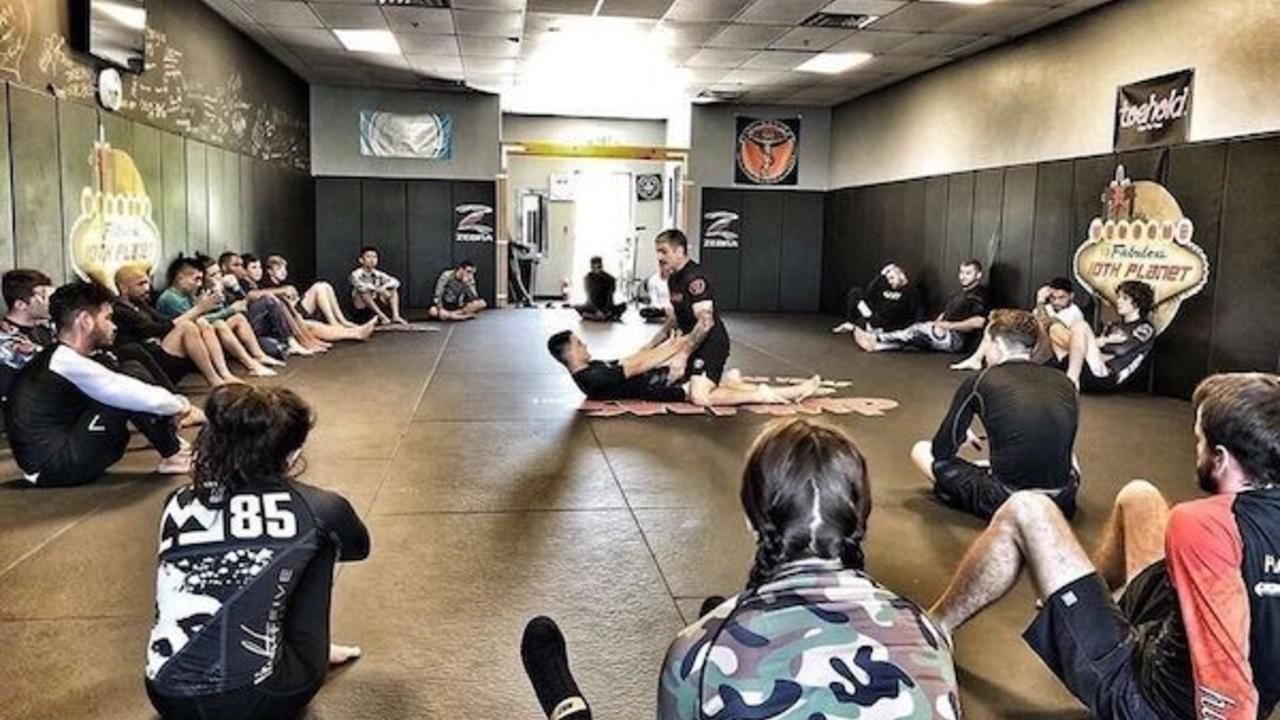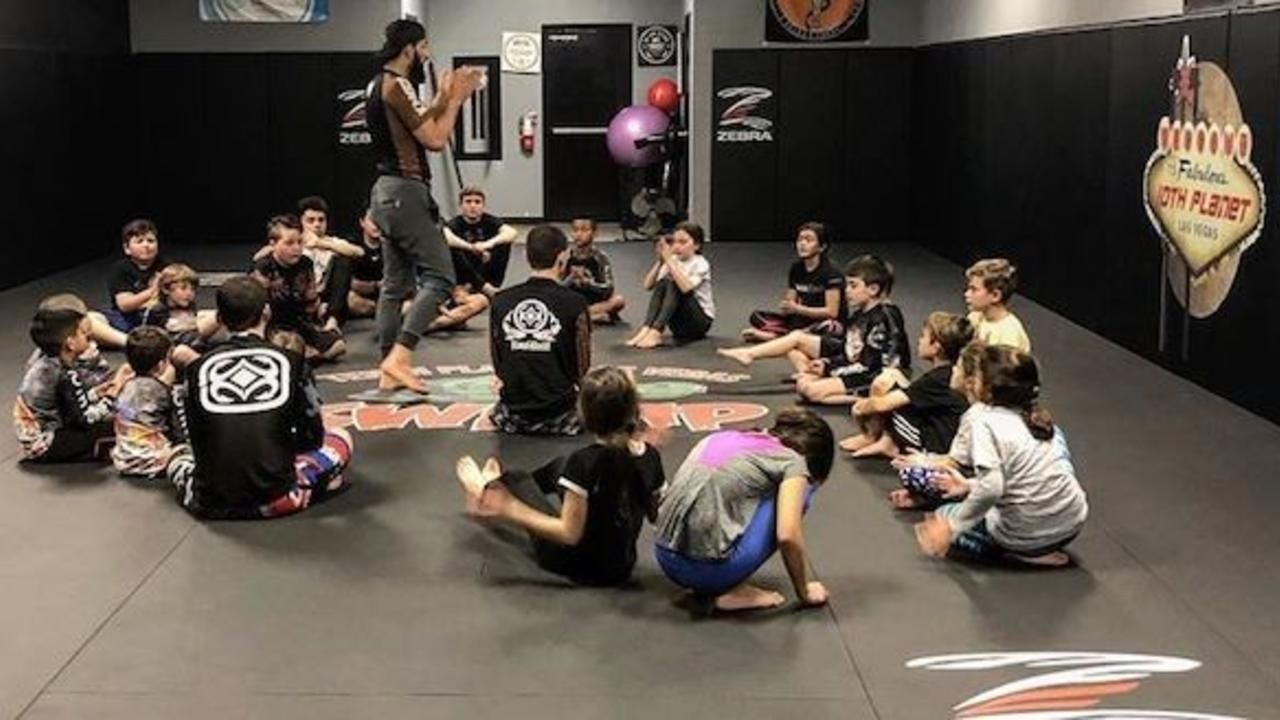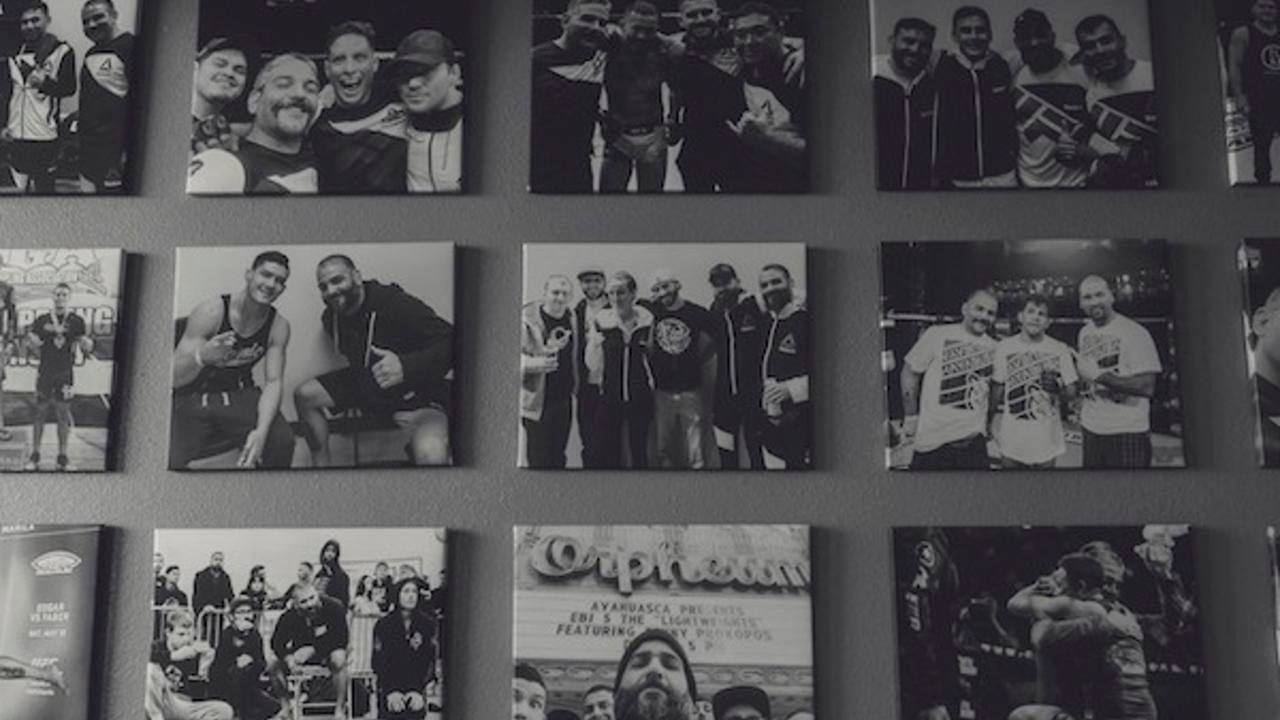4 Elements of Martial Arts Fitness You Can Train from Home
When you can’t make it in for your regular martial arts classes, your training doesn’t have to stop. Along with martial arts training to continue improving and refining your skills, you can also work on improving your fitness from home.
Here are four aspects of martial arts fitness that you can train from home:
1. Endurance
Increasing your endurance benefits your martial arts training, as well as your daily life. Running, biking, and swimming are all great options to build your aerobic endurance. From home, your easiest options will obviously be biking and running. But if you do have access to a pool, swimming is an excellent low (or virtually zero) impact way to build more endurance.
2. Strength
Even if you don’t have access to a lot of strength training equipment, you can still work on increasing your strength from home. Bodyweight exercises like pushups, squats, lunges, situps, etc. can be done virtually anywhere. With simple pieces of equipment, like a set of dumbbells, a kettlebell, or a medicine ball, you can include functional, full-body movements that use your upper and lower body together while increasing your core strength. Try to stick to exercises that are based on movements instead of a specific muscle group. For example, rather than a biceps curl, focus on movements that mimic what you do in martial arts, like pushing, pulling, rotating, etc.
3. Agility and Speed
Sprinting for short distances can help you develop more speed. The take-off for each sprint is one way to become more explosive, and if you vary your direction, than you’ll get some agility training as well. If you’re not used to sprinting, then make sure you’re warmed-up before you begin. And quality is more important than quantity. Start with a few intervals and give your body some time to adjust before ramping up to longer sprint distances and more intervals per training session.
4. Flexibility and Balance
If you’re looking to improve flexibility, balance, and coordination with a single non-martial arts activity, then try yoga. You’ll increase your range of motion through your hips and shoulders, as well as major muscle groups throughout your body. Yoga also helps you develop balance and can address any imbalances you might have between your left and right sides.
BLOG




